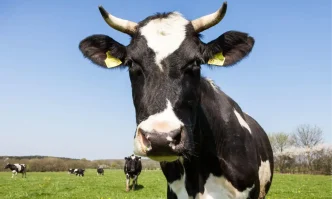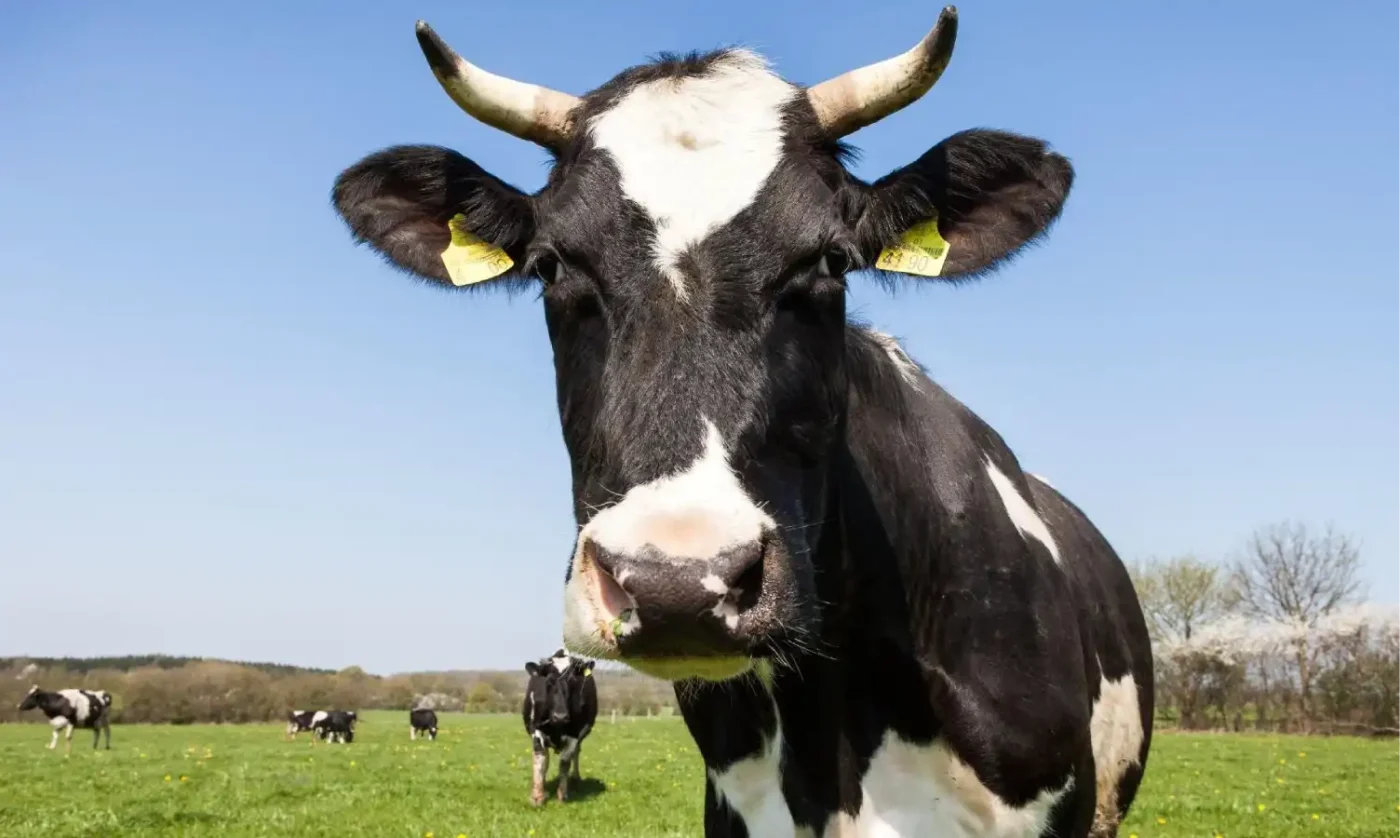Thailand is set to engage in urgent discussions with Laos and Vietnam to lift a ban on cattle imports imposed after a recent anthrax outbreak in the northeastern province of Mukdahan. The Department of Livestock Development, alongside the Nakhon Phanom Provincial Administration, aims to reassure both neighboring countries that the health crisis has been contained, with no new cases reported since early May. The ban, however, continues to threaten significant economic losses for Thai exporters, particularly in Nakhon Phanom, a key hub for cross-border cattle trade.
Outbreak Contained, But Economic Fallout Looms
The anthrax outbreak, first confirmed on April 30 in Mukdahan province, prompted swift action from Thailand’s public health and livestock authorities. The disease, a rare but serious bacterial infection, resulted in one fatality and three additional infections, raising alarms across the region. In response, Laos and Vietnam, major markets for Thai cattle, imposed immediate import bans to safeguard their own livestock and public health. By May 7, however, the Mukdahan Public Health Office declared the outbreak over, confirming the absence of new cases after rigorous monitoring and containment measures.
Despite this progress, the economic repercussions of the ban are becoming increasingly apparent. Nakhon Phanom, a northeastern province bordering Laos, has emerged as a focal point of concern. Local officials and the provincial livestock office estimate that the ban could cost the region up to 500 million Thai Baht (US$14 million) in monthly revenue from live cattle exports. Prior to the outbreak, approximately 10,000 cattle crossed the Third Thai-Lao Friendship Bridge each month, destined for markets in Laos and Vietnam. With individual cattle priced between 50,000 and 80,000 Baht (US$1,400 to US$2,250), the trade generated between 300 and 500 million Baht (US$8.4 million to US$14 million) in monthly income for Thai farmers and exporters.
The sudden halt in exports has disrupted livelihoods and supply chains, particularly for small-scale farmers in Thailand’s northeastern Isaan region, where cattle farming is a critical source of income. The Nakhon Phanom administration has warned that prolonged restrictions could exacerbate economic hardship in communities already grappling with seasonal challenges and limited alternative revenue streams.
Diplomatic Push to Restore Trade
In a bid to mitigate these losses, Thai officials are preparing for high-level talks with their counterparts in Laos and Vietnam. The Department of Livestock Development plans to present detailed evidence of the outbreak’s containment, including veterinary reports and enhanced biosecurity measures implemented in affected areas. A spokesperson for the department emphasized the importance of rebuilding trust, stating, “We have taken every necessary step to ensure the safety of our livestock, and we are confident in our ability to meet international standards” said the official.
The discussions will likely focus on transparency and collaboration, with Thailand proposing joint inspections or certification processes to address any lingering concerns. Thai authorities are also expected to highlight the economic interdependence of the region, underscoring how the cattle trade benefits not only Thai exporters but also consumers and businesses in Laos and Vietnam, where demand for affordable beef remains high.
Strengthening Livestock Standards
Beyond immediate diplomatic efforts, Thailand is taking steps to prevent future outbreaks that could jeopardize its export markets. The Department of Livestock Development has announced plans to strengthen cattle farming standards, particularly in northeastern provinces like Mukdahan and Nakhon Phanom, which serve as gateways to regional trade. Proposed measures include stricter vaccination protocols, improved farm hygiene practices, and regular health screenings for livestock destined for export.
These initiatives aim to enhance the quality of Thai beef and ensure compliance with international health regulations, a move seen as critical to maintaining confidence among trading partners. While the anthrax outbreak was a rare occurrence, it exposed vulnerabilities in Thailand’s livestock sector, prompting calls for systemic reforms. Experts suggest that investments in veterinary infrastructure and farmer education could play a pivotal role in safeguarding the industry against similar crises in the future.
Regional Implications and Economic Interdependence
The cattle import ban highlights the delicate balance of economic ties in Southeast Asia, where cross-border trade is a lifeline for many communities. Thailand’s northeastern provinces, often referred to as Isaan, share deep cultural and economic connections with Laos and Vietnam, facilitated by infrastructure like the Thai-Lao Friendship Bridges. The cattle trade, in particular, exemplifies this interdependence, with Thai livestock meeting significant demand in neighboring markets while providing a stable income for rural Thai households.
However, the ban also underscores the fragility of such trade relationships in the face of public health crises. Anthrax, though rare, poses a unique threat due to its potential to spread through livestock and, in extreme cases, to humans. Vietnam and Laos, both of which have their own agricultural sectors to protect, acted swiftly to impose restrictions, reflecting a broader regional caution around zoonotic diseases. If the ban persists, it could prompt Thai exporters to seek alternative markets, though such a shift would require time and investment to establish new trade routes and partnerships.
Analysts note that the situation may also influence broader discussions on regional food security and agricultural cooperation. The Association of Southeast Asian Nations (ASEAN), of which Thailand, Laos, and Vietnam are members, has long emphasized the importance of harmonized health and safety standards to facilitate trade. The current impasse could serve as a catalyst for renewed dialogue on these issues, potentially leading to frameworks for rapid response and information-sharing during disease outbreaks.
Public Sentiment and Farmer Concerns
In Nakhon Phanom, the mood among farmers and local businesses is one of frustration mixed with cautious optimism. Many acknowledge the necessity of the import ban during the outbreak but argue that the continued restrictions are disproportionate given the lack of new cases. “We’ve lost weeks of income already, and every day the ban remains in place adds to our struggles” said a cattle farmer from the province, who requested anonymity due to the sensitivity of the issue.
Public sentiment in Thailand reflects a broader concern about the government’s ability to manage such crises effectively. While the rapid containment of the anthrax outbreak has been praised, some farmers feel that more proactive communication with neighboring countries could have prevented the ban from extending beyond the initial health emergency. Social media platforms, including posts on X from local agricultural groups, reveal a mix of support for the government’s diplomatic efforts and calls for financial assistance to offset losses incurred during the ban.
Looking Ahead: Challenges and Opportunities
As Thailand navigates this complex situation, the stakes extend beyond immediate economic recovery. Restoring cattle exports to Laos and Vietnam will require not only diplomatic finesse but also a demonstrated commitment to long-term biosecurity. If successful, these efforts could strengthen Thailand’s position as a reliable supplier in the region, potentially opening doors to expanded trade agreements.
Yet challenges remain. Should negotiations stall, or if either Laos or Vietnam demands additional safeguards, Thai exporters may face prolonged uncertainty. There is also the question of whether smaller farmers, who lack the resources to comply with stringent new standards, will be disproportionately affected by reforms. Balancing economic imperatives with public health priorities will be a delicate task for Thai authorities in the weeks ahead.
For now, the focus in Nakhon Phanom and beyond is on the upcoming talks with Laos and Vietnam. As these discussions unfold, the region watches closely, aware that the outcome could set a precedent for how Southeast Asian nations manage the intersection of trade, health, and regional cooperation in an increasingly interconnected world.















